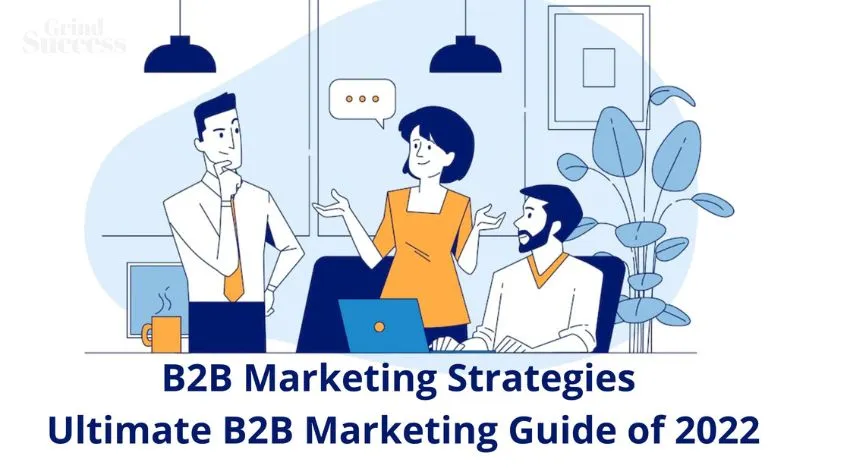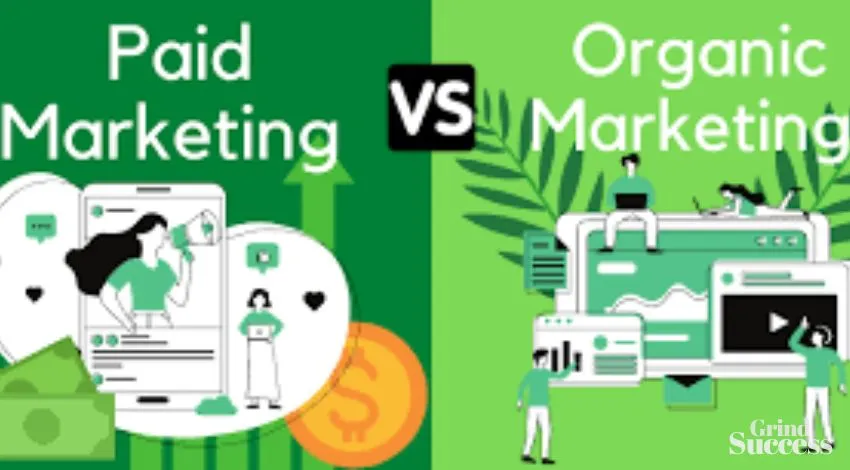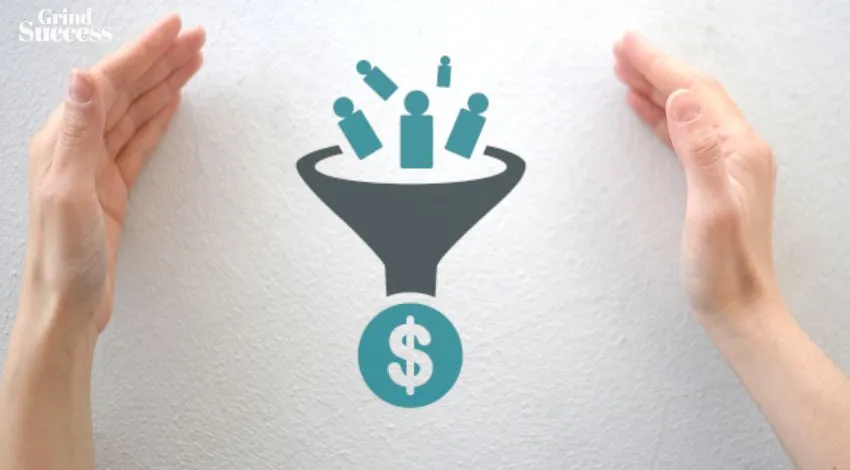Email marketing is a form of direct marketing that uses electronic mail to communicate commercial or fundraising messages to an audience.
It can promote a company’s products or services, build brand awareness, or engage with customers and prospects. With the right strategy and tools, small businesses can use email marketing to promote their products and services and build customer loyalty.
This article will share some email marketing ideas for small businesses to help them create effective campaigns and reach their target audience.
From building an email list to segmenting your audience and creating personalized content, these ideas will help you create campaigns that drive results and grow your business.
Small businesses can effectively execute these strategies and achieve their desired results with the help of professional paper writing services.
Together With 10Web
Get a Headstart on Website Creation With AI
Create a custom website tailored to your business needs 10X faster with 10Web AI Website Builder!
Generate Your Website ➜
Why Use Email Marketing for Your Small Business?
Email marketing is a valuable tool for small businesses because it allows them to reach and engage with their target audience in a cost-effective and efficient way. Here are some reasons why small businesses should use email marketing:
- Cost-effective: Email marketing is relatively inexpensive compared to other marketing channels, and it can be done with minimal resources.
- High reach: Email can be sent to a large number of people, and it has a high open rate compared to other forms of digital marketing.
- Targeted: Small businesses can segment their email list and send targeted messages to specific groups of customers.
- Measurable: Email marketing provides businesses with data on how many people opened the email, clicked on links, and made a purchase, making it easy to measure the success of their campaigns.
- Personalization: Email marketing allows businesses to personalize the content and offers to their customers, which can increase engagement and conversions.
- Automation: Small businesses can use automation to send follow-up emails, birthday messages, or other types of automated messages, which can save time and increase efficiency.
- Branding: Email marketing can help small businesses to build their brand awareness and establish themselves as experts in their field.
- Builds relationships: Email marketing helps small businesses to build a relationship with their customers, which can lead to repeat business and customer loyalty.
Tips To Make an Effective Email Marketing Strategy for Small Business
Email marketing is a powerful tool for small businesses to reach and engage with their customers.
Here are some ideas for small businesses to use email marketing effectively:
Build an email list
Building an email list is an important step in creating an effective email marketing campaign for your small business. An email list is a collection of email addresses from customers and website visitors who have agreed to receive emails from your business.
Here are some ways to build an email list:
- Offer a sign-up incentive: Offer a free resource, such as an e-book or a discount code, to encourage people to sign up for your email list.
- Use sign-up forms: Add sign-up forms to your website, social media pages, and blog to collect email addresses from visitors.
- Collect email addresses at events: Collect email addresses from people who attend your events, such as trade shows or open houses.
- Use a lead magnet: Offer a lead magnet, such as a free trial or consultation, to entice people to provide their email addresses.
- Add a sign-up button in your email signature: Add a sign-up button to your email signature, which will be visible to everyone you communicate with via email.
- Use social media: Use social media platforms to promote your email list and encourage people to sign up.
- Make it easy to unsubscribe: Include an unsubscribe link in every email you send, so it’s easy for people to stop receiving your emails if they no longer want to.
Segment your audience
Segmenting your audience is an important aspect of email marketing for small businesses. By dividing your email list into smaller groups based on specific criteria, you can create targeted messages that are more relevant and engaging to your subscribers.
Here are some ways to segment your audience:
- Demographics: Divide your email list based on demographics such as age, gender, location, and income level.
- Purchase history: Segment your email list based on previous purchase history, such as product category or purchase frequency.
- Engagement: Segment your email list based on how engaged your subscribers are with your emails, such as how often they open or click on your emails.
- Lead status: Segment your email list based on where the subscribers are in your sales funnel, such as leads, prospects, and customers.
- Interests: Segment your email list based on the interests of your subscribers, such as products they have shown interest in, and events they have attended or subscribed to.
- Behavioral: Segment your email list based on the behavior of your subscribers, such as how often they visit your website or social media pages.
Create personalized content
Creating personalized content is an important aspect of email marketing for small businesses. Personalized content is tailored to the individual subscriber and their interests, which can increase engagement and conversions.
Here are some ways to create personalized content:
- Use the subscriber’s name in the email: Using the subscriber’s name in the email makes the email feel more personal and can increase the chances of them opening the email.
- Use subscriber data: Use data you have on your subscribers, such as purchase history, browsing behavior, and demographics, to create targeted content.
- Use segmentation: Use the segments you created to send targeted messages to specific groups of subscribers.
- Use dynamic content: Use dynamic content, which changes based on the subscriber’s interests or behavior, to create personalized experiences.
- Use A/B testing: Test different versions of your emails to see which ones perform the best and personalize future emails based on the results.
- Use surveys: Send surveys to your subscribers to gather more information about their preferences, interests, and behavior, and use this information to create personalized content.
Use a catchy subject line
Creating a catchy subject line is an important aspect of email marketing for small businesses. The subject line is the first thing a subscriber sees and it’s often the deciding factor in whether or not they open the email.
Here are some tips for creating a catchy subject line:
- Keep it short and sweet: Keep your subject line short and to the point, ideally around 50 characters or less.
- Use action words: Use action words such as “limited time”, “exclusive” or “free” to create a sense of urgency and entice the subscriber to open the email.
- Personalize it: Use the subscriber’s name or other personal information in the subject line, to make it more personal and relevant.
- Be clear: Be clear about what the email is about, don’t use clickbait or misleading subject lines.
- Test different subject lines: Use A/B testing to test different subject lines and see which ones perform the best.
- Use emojis: Use emojis to make your subject line stand out and grab the subscriber’s attention.
- Use numbers: Use numbers in your subject line, like “10 ways to improve your…”, they are more likely to be clicked on.
Use a clear call-to-action
Using a clear call-to-action (CTA) is an important aspect of email marketing for small businesses. A CTA is a button or link that encourages the subscriber to take a specific action, such as making a purchase or visiting your website.
Here are some tips for using a clear call-to-action:
- Make it obvious: Make your CTA button or link stand out, so it’s easy for the subscriber to see and click on.
- Use action-oriented language: Use action-oriented language such as “Shop now”, “Learn more”, or “Sign up” to encourage the subscriber to take action.
- Use contrasting colors: Use contrasting colors for your CTA button or link, to make it stand out from the rest of the email.
- Use one CTA per email: Use one CTA per email to avoid confusion and to increase the chances of the subscriber taking action.
- Make it mobile-friendly: Make sure your CTA is mobile-friendly, so it’s easy for subscribers to click on it from their mobile device.
- Test different CTA: Use A/B testing to test different CTA’s to see which ones perform the best.
- Use clear and concise language: Be clear and concise in your CTA, don’t use ambiguous or confusing language.
Use a responsive design
Using a responsive design for your emails is an important aspect of email marketing for small businesses. A responsive design ensures that your emails look great on any device and screen size, which can increase engagement and conversions.
Here are some tips for using a responsive design:
- Use a flexible layout: Use a flexible layout that adapts to the size of the screen, this will ensure that your emails look great on any device.
- Use large font sizes: Use large font sizes, so that your text is easy to read on any device.
- Use a single-column layout: Use a single-column layout, which is easier to read on mobile devices.
- Use images responsibly: Use images responsibly and make sure they are optimized for different devices and screen sizes.
- Test your emails on different devices: Test your emails on different devices and screen sizes, to ensure that they look great on all of them.
- Use media queries: Use media queries, which allow you to apply different CSS styles based on the screen size, to create a responsive design.
- Use responsive email templates: Use responsive email templates, which are designed to look great on any device, to save time and ensure a responsive design.
Test and optimize
Testing and optimizing your email marketing campaigns is an important aspect of email marketing for small businesses. By testing different elements of your campaigns, you can identify what works and what doesn’t, and use that information to improve your campaigns and increase engagement and conversions.
Here are some tips for testing and optimizing your email campaigns:
- Use A/B testing: Use A/B testing to test different elements of your emails, such as subject lines, email layouts, and call-to-action buttons, to see which ones perform the best.
- Test different sending times: Test sending your emails at different times to see which time of day results in the highest open and click-through rates.
- Test different segments: Test sending your emails to different segments of your audience to see which segments respond best to your campaigns.
- Analyze your data: Analyze the data from your campaigns, such as open and click-through rates, to identify areas for improvement.
- Optimize your subject lines: Use the results of your A/B testing to optimize your subject lines and make them more effective.
- Optimize your email layout: Use the results of your A/B testing to optimize your email layout, making sure that it looks great on all devices.
- Optimize your CTA: Use the results of your A/B testing to optimize your CTA, making sure that it’s clear and compelling.
Track and Analyze
Tracking and analyzing the performance of your email marketing campaigns is an important aspect of email marketing for small businesses.
By tracking key metrics such as open and click-through rates, you can gain valuable insights into how your campaigns are performing, and use that information to improve your campaigns and increase engagement and conversions.
Here are some tips for tracking and analyzing your email campaigns:
- Use email marketing software: Use email marketing software, such as Mail chimp or Constant Contact, which provide detailed analytics and reporting on the performance of your campaigns.
- Track key metrics: Track key metrics such as open rate, click-through rate, bounce rate, and conversion rate to gain insights into the performance of your campaigns.
- Analyze your data: Analyze the data from your campaigns, such as open and click-through rates, to identify areas for improvement.
- Use segmentation: Use segmentation to track the performance of your campaigns for different segments of your audience.
- Use heat maps: Use heat maps to see which elements of your emails are getting the most attention, and optimize those elements for better performance.
- Use tracking links: Use tracking links to track how many clicks your emails are getting, and where those clicks are coming from.
- Use Google Analytics: Use Google Analytics to track the performance of your emails, and see how they are impacting your website traffic and conversions.
Conclusion
In conclusion, an effective email marketing strategy for small businesses should include segmenting the email list, personalizing the subject line and content, and regularly sending out valuable and engaging content.
It is also important to track and analyze the performance of emails in order to make data-driven decisions and improve the overall effectiveness of the campaign.
Additionally, small businesses should also make sure to comply with email marketing laws and regulations, such as including an unsubscribe link and obtaining explicit consent from recipients.
With a solid strategy in place, small businesses can effectively reach and engage their target audience through email marketing.
This post was proofread by Grammarly. Try it – It’s Free!
Millions trust Grammarly’s free writing app to make their online writing clear and effective. Getting started is simple
Promoted
Did you know that brands using Klaviyo average a 95x ROI?
Email, SMS, and more — Klaviyo brings your marketing all together, fueling growth without burning through time and resources.
Deliver more relevant email and text messages — powered by your data. Klaviyo helps you turn one-time buyers into repeat customers with all the power of an enterprise solution and none of the complexity.
Try Klaviyo for free right now ➜
![Effective Email Marketing Strategy For Small Business [2024] Small Business Email Marketing](https://grindsuccess.com/wp-content/uploads/2023/01/Small-Business-Email-Marketing.webp)

![Effective Email Marketing Strategy For Small Business [2024] Effective Email Marketing Strategy For Small Business [2024]](https://grindsuccess.com/wp-content/uploads/2023/12/10web-AI-website-builder.png)


![8 Ways To Improve Your Website Performance [Updated] 8 Ways To Improve Your Website Performance [Updated]](https://grindsuccess.com/wp-content/uploads/2022/09/Improve-Website-Performance.webp)


